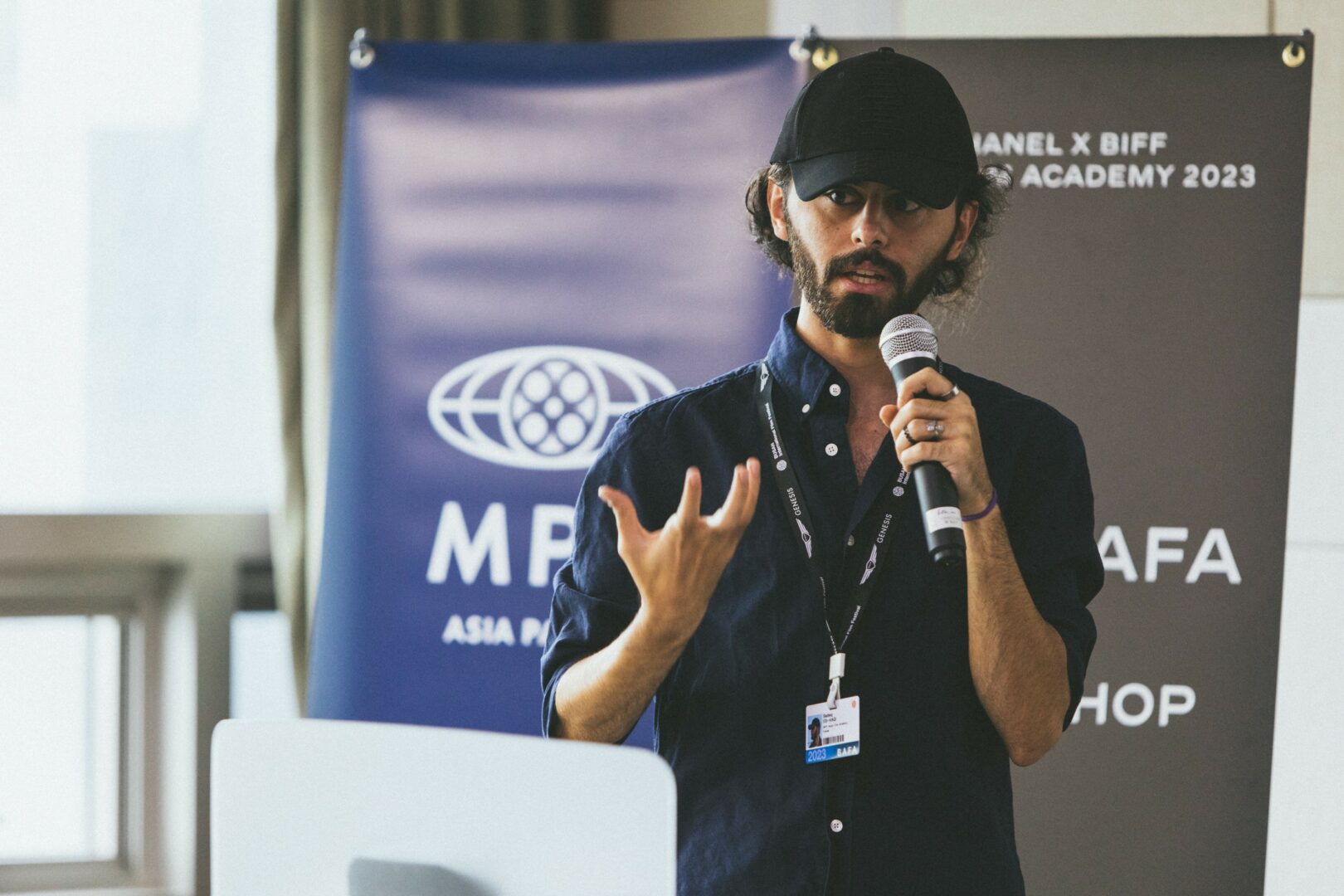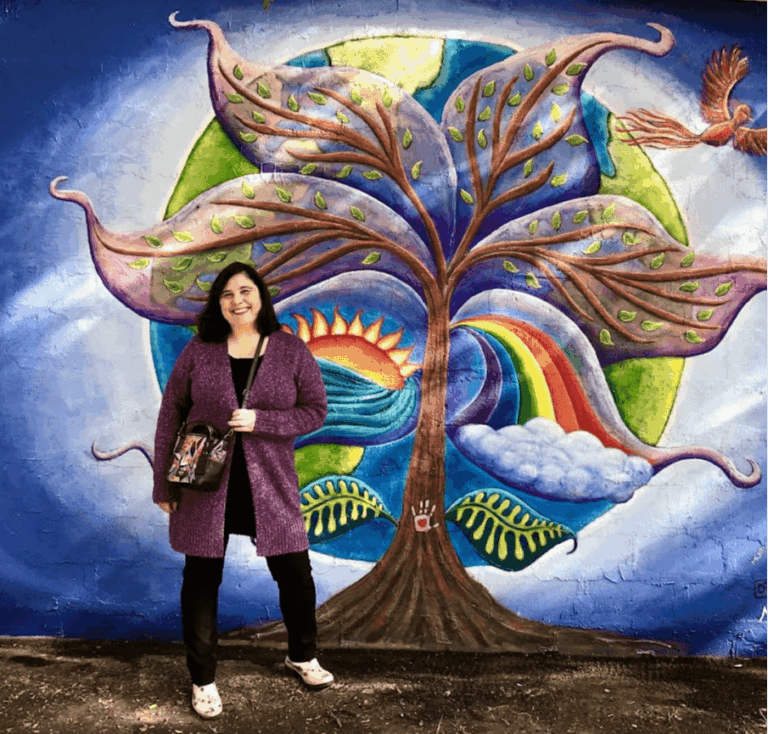We were lucky to catch up with Francesca Virginia Coppola recently and have shared our conversation below.
Francesca Virginia, so good to have you with us today. We’ve always been impressed with folks who have a very clear sense of purpose and so maybe we can jump right in and talk about how you found your purpose?
Rooted in existentialism, my artistic journey has been more about navigating the struggle for meaning in a world that defies one and the human capacity to endure despite this. Especially my earlier works revolved around this very tension—the conflict between the search for a purpose and the realization that it’s ultimately elusive. It is from this conceptual foundation that I gradually moved toward my ongoing exploration of reality, where I investigate nature as a primal level of existence. This view has evolved into a non-hierarchical understanding of nature and culture, where human actions—like art—are simply another natural occurrence, not elevated or apart from other phenomena. In the absence of inherent meaning or a predefined purpose, the mere fact of existing becomes the most authentic and tangible experience we have. From this perspective, both human existence and natural phenomena are equally considered on the same plane of reality. In my work, this manifests as a form of expression emerging purely from the act of being—whether it’s the existence of a found bark or a human mark. Art, in this view, is not about imposing human meaning onto the world but rather an outcome of existence itself, a natural expression that stands alongside other phenomena, neither better nor worse.


Great, so let’s take a few minutes and cover your story. What should folks know about you and what you do?
I am a multidisciplinary artist working with found materials across installation, sculpture and performance, based in Rome and Los Angeles. Central themes in my art include the relationship between nature and culture, the concept of existence as the ultimate agent of creation, and nature as a primal reality, among others. In my works there’s often a juxtaposition of natural elements and human action, showing that the boundaries between the two are fluid. In this framework, the existence of a branch is made equal to human existence, and furthermore to art itself, challenging anthropocentric views hat place human activities, including art, above or outside natural processes. This fluidity extends to the use of media themselves, blurring the traditional boundaries of how artistic medium is defined. My works on paper, assemblages and installations are in fact often the result of performances or processes that resist rigid categories, operating in the in-between, where materiality, process, and outcome merge. Concepts of time, trace, and memory are deeply interwoven into my artistic practice. By examining how time can be “collected,” my work uses natural elements as vessels to capture the passage of time and the traces of both natural and human actions. In one of my latest projects, Ash Memories, I engage with an elemental material such as fire to relate temporality to the creative act. By working with the different stages of a fire, from its ignition to its extinction, I ‘’collect’’ physical imprints of a specific moment in time, making an ephemeral phase exist in a different form. These ash memories, ‘’collected’’ and translated onto paper, are not visual representations, but become an embodiment of ephemerality into a tangible form.


If you had to pick three qualities that are most important to develop, which three would you say matter most?
One of the most transformative influences in both my life and artistic journey was the relationship with my former dog, Naima. Living with her shifted my worldview, especially by deepening my interest in non-verbal communication and non-human perspectives. Her presence broadened my understanding of different value systems, leading me to study canine ethology and work as a dog behavior consultant—an experience that continues to influence my practice. As a primitive breed, she fostered a primal connection to a deeper part of myself, allowing me to discover my own needs by understanding hers. More than a decade spent with Naima marked a transition from existential questioning towards a broader exploration of reality, particularly through the lens of another species. Studying dog cognition and behavior became an extension of my existential inquiry, leading to a post-humanist and cross-species lens that continues to inform my work.


As we end our chat, is there a book you can leave people with that’s been meaningful to you and your development?
Many books have served as companions throughout my journey. Earlier in my practice, The Myth of Sisyphus by Albert Camus had a profound impact, particularly in how it explores the concept of the absurd. My final thesis during my BFA was based on this text. Similarly, Samuel Beckett’s works—with their characters endlessly waiting, searching, or performing without clear purpose or resolution, driven by some instinctual or existential persistence in the face of meaninglessness—resonated deeply with me, aligning to my exploration of themes of existence, identity, and purpose, as seen in my video performance Cercantemi (2005). Beckett’s short work of prose Worstward Ho especially influenced my way of thinking about writing.
Poetry has also been a constant source of comfort and motivation. If I had to mention one poet whose work holds the deepest personal significance for me, it would be Giacomo Leopardi. His profound reflections on existence, nature, and the human condition, especially in his Canti, continue to move me deeply. Other authors who have been pivotal for me include Dostoevskij, Proust, Woolf, Pessoa, and Kundera.
Regarding my interest in canine cognition and ethology, I have long been drawn to content exploring how dogs think and perceive, and their domestication and evolution. Some standout books include The Emotional Lives of Animals by biologist Marc Bekoff, which draws on scientific research and personal anecdotes to shape our understanding of animal behavior and consciousness. Inside the Mind of a Dog by cognitive scientist Alexandra Horowitz provides insights into how dogs perceive their surroundings. Ádám Miklósi’s Dog Behavior, Evolution, and Cognition has been essential in understanding the evolutionary history and cognitive abilities of dogs. Ray Coppinger’s research on the evolution of dogs and domestication, along with Brian Hare’s work on canine intelligence, particularly their problem-solving skills and social intelligence, has also greatly influenced my thinking and approach.
More recently, The Fifth Beginning by anthropologist Robert L. Kelly has captivated me with its perspective on key moments that have shaped our species, such as the discovery of fire, the origin of art, and the beginning of culture. This directly ties into my series Ash Memories, where I engage with fire as an elemental material that symbolizes its historical significance in shaping our evolution, identity, and consciousness.
Contact Info:
- Website: https://www.francescavirginiacoppola.com/
- Instagram: https://www.instagram.com/francesca.virginia.coppola/


Image Credits
Francesca Virginia Coppola during her performance ‘Ash Memories’, in residence at NAHR, Val Taleggio (Italy), July 2024. Photo by Kerry Collison
Ash Memories – To collect the flame, flame and smoke on paper, 2024, photo by Kerry Collison
Ash Memories, char and ash on paper, 2024, Photo courtesy of Francesca Virginia Coppola
Tusculum Ignis, found branches, fire remnants, paper, 2024. Photo courtesy of Francesca Virginia Coppola
Lunaria Annua, lunaria seed pods, artist’s hair, 2023. Photo courtesy of Francesca Virginia Coppola
From Lake Ørnsø, found natural elements, organic pigments, 2023. Installation view. Photo courtesy of Francesca Virginia Coppola
From Lake Ørnsø (bark), pine bark and its organic pigment on paper, 2023. Photo by Johnny Møller
From Brand Park – Tree Rubbing (Pine), bark on paper, 2024. Installation view at Brand Library & Art Center, Glendale (CA). Photo courtesy of Brand Library & Art Center.
so if you or someone you know deserves recognition please let us know here.




